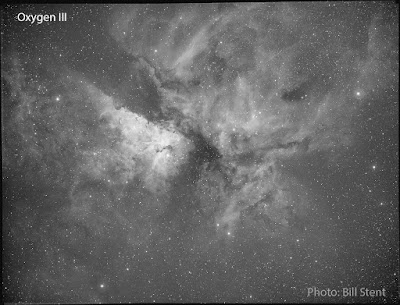Pareidolia - seeing things that aren't there

Do you suffer from pareidolia? Nearly everyone sees objects in clouds. Some people see faces in toast. My wife says that, as a child, she used to see teddy bears' faces in knot patterns in her bedroom's wood panelling. Your brain is very good at making out objects in backgrounds, even when the object isn't actually there. It doesn't have to be images that our brains try to make sense of. Norwegian farmers feared the Fossegrime, a spirit that lived in waterfalls, luring people through sound. In the white noise coming from rushing water, our brains can nearly make out speech. Victims of the Fossegrime, looking for the source, would come nearer and nearer the dangerous waters, eventually to be taken by the malevolent spirit. The Moon is a fertile source of pareidolic images. A while back I wrote a piece on the "Lunar X" , as well as a few other features. Certainly, everyone has heard of the man in the Moon. That image doesn't stand out quite so much here in ...








